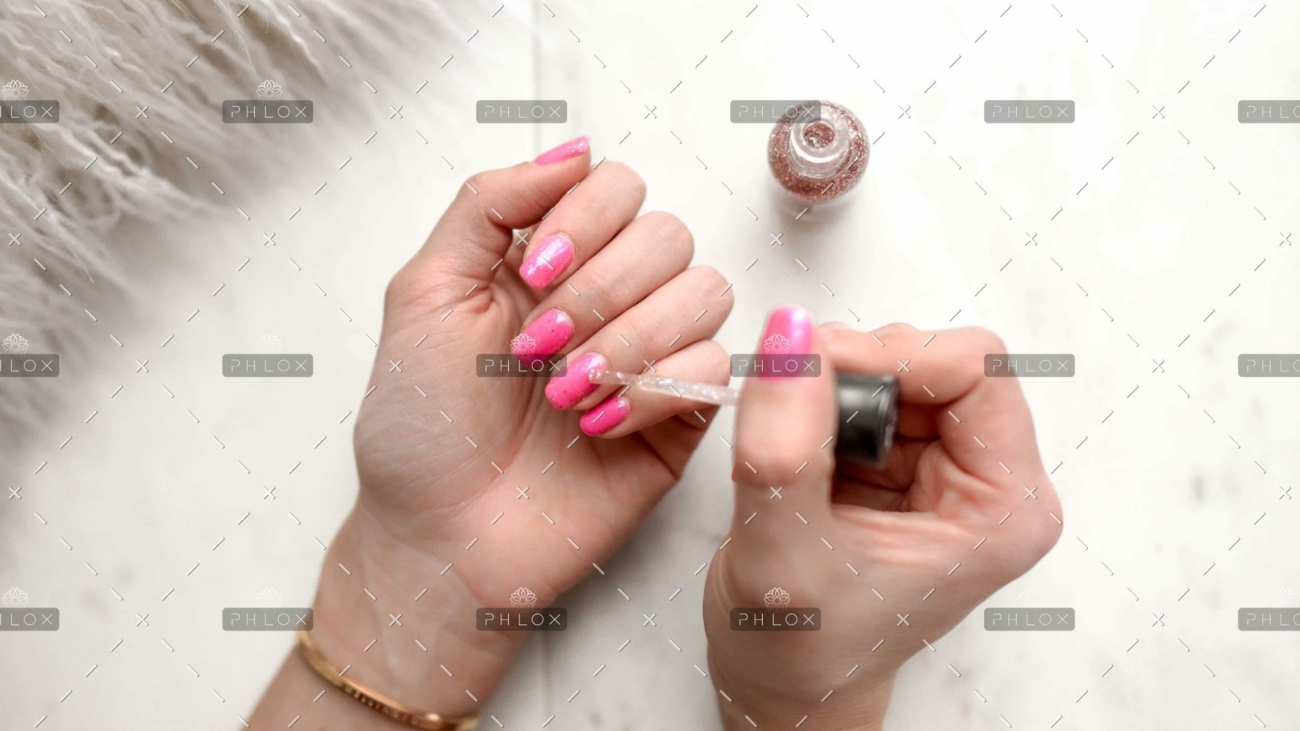You can end up with damaged nails for a variety of reasons. Nail-biting or peeling off gels (something you should never do) or using acrylics can lead to damaged nails. Pregnancy and ageing also affect their condition, sometimes making them uneven or more brittle.GHI tip: Keep hydrated by drinking enough water and applying hand cream. Try to avoid excessive washing of the hands as this can dry out the nails and cuticles, and it can cause splitting.
With nail strengtheners, the name is self-explanatory. Look for a product which aims to target weak nails and make them stronger. A good strengthener is full of nourishing and strengthening ingredients to help brittle and damaged nails.Ingredients vary from product to product. Nail strengtheners typically include at least one of ethyl acetate, butyl acetate, nitrocellulose, and tosylamide formaldehyde resin. These ingredients work to reinforce the nail.
Some ingredients such as formaldehyde and phthalates have a bad rep. But they’ve been thoroughly assessed and are safe to use at the levels allowed by law. Each cosmetic product sold in the UK needs to adhere to the strict EU cosmetics regulation. If you’re still worried and want to avoid these ingredients, there are plenty of other options. In our guide, we’ve highlighted which products are phthalate-free, toluene-free and formaldehyde-free.You apply a nail strengthener regularly, like a nail varnish or a cuticle oil (depending on the type), and over time they nurse your damaged digits back to health. Check the brand’s instructions for more details of how to use your chosen miracle maker. A nail strengthener can also act as a basecoat to help extend the life of your manicure, which is a bonus.
We recruited a panel of over 300 women to brush and polish their way through 14 brands of nail strengthener to find out which is the best. They assessed the applicator, drying time, and how quickly they saw improvements in their nail strength.While our testers tried out the nail strengtheners, we put the claims to the test in our beauty lab. Using a NailStressStrain Meter (a nail measurement device), we looked at improvements in nail strength and thickness over four weeks.



